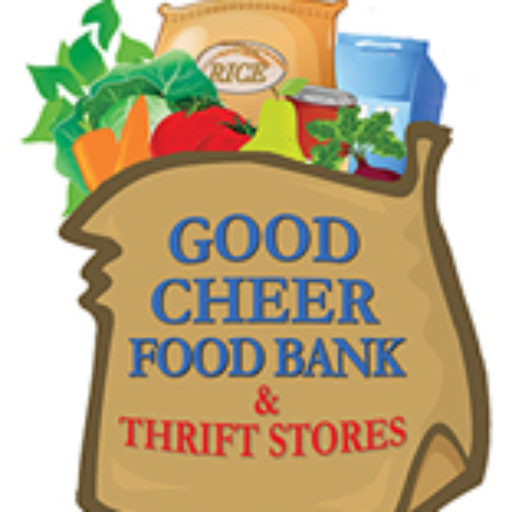Beyond introducing new vegetables and working to convince food bank clients to take home unfamiliar produce, education can also include food preservation – what to do with excess fruit and veggies, or how to make the abundance of one season last into leaner times.
Canning, jams, pickling, freezing, and dehydrating are all means of preserving food and can be done with minimal expense. Good Cheer regularly does preservation projects like jam, apple butter, pear-applesauce, herb salt, fruit leather, or smoothie bags to make use of things that have a shorter shelf life and to extend the offering of locally grown produce into the winter months. Good Cheer’s Food Bank Manager, Karen (known as the soup wizard) makes her own stock for the daily soups out of whatever is available at the moment and is always willing to take a few minutes to explain how to make soup stock (and how easy it is to freeze and save for later) to interested clients.
Good Cheer regularly invites the community to come in and learn preservation skills through social media posts, emails, and word of mouth. These informal classes take the form of ‘learning by doing’ where anyone interested can come in and spend part of the day making their own pickles, jam, or fruit leather.
Using preserved products can also be a subject for education, and a way to get clients to try new things. This past summer, the VISTA Summer Associate, whose mandate was kitchen processing, made onion jam – it was delicious, but we wondered if anyone would eat it or know what to do with it. To encourage shoppers to try it, she made up a small display sign listing ideas for use, to place with the jam, and staged a food demo so shoppers could try tasting samples.
Hitting on several fronts – food demos, info cards with new foods, blog posts with fun easy recipes, calling for participants to learn canning or pickling in the Good Cheer kitchen, and using kitchen projects to tell stories on social media are a great way to reach as many people as possible and get them interested in something that can be intimidating if they don’t have any experience. Kitchen classes also serve a dual purpose – a task that needs doing gets done with volunteer help, and community members who might want to learn a skill have access to the tools and information needed to start their own preservation projects at home.

